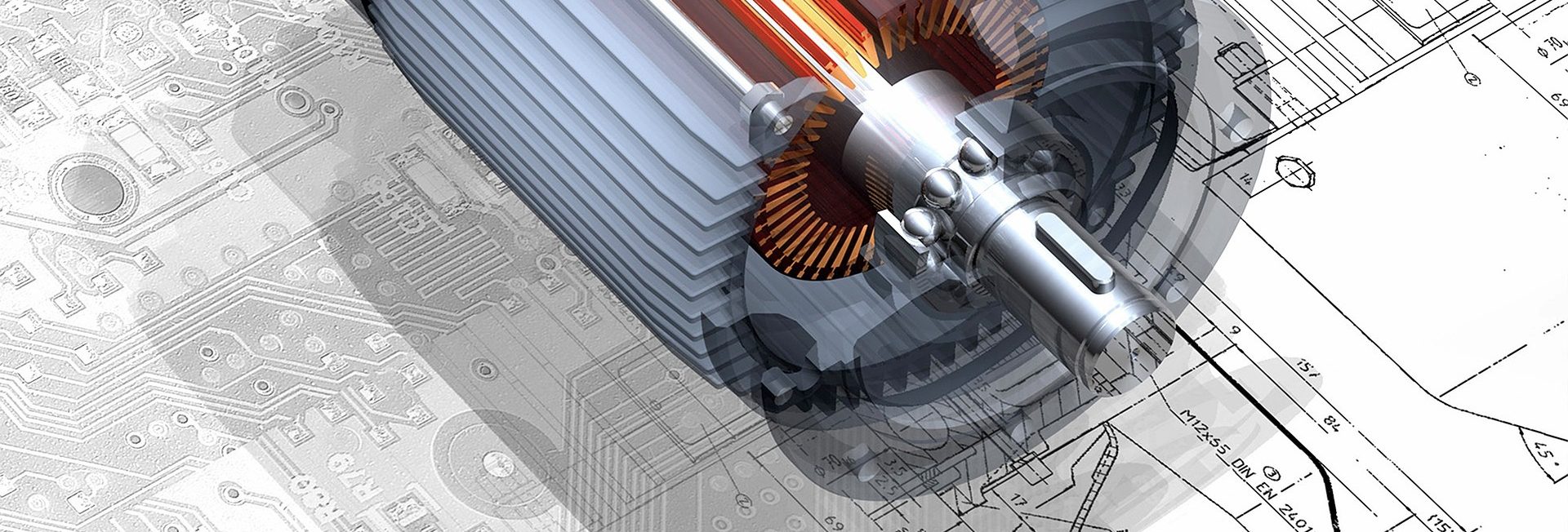
Prototyping is one of the most important stages in developing a product. It’s at this stage that you need to consider all the properties and characteristics of each part of your product.
Take a look at this list of 6 properties to consider while prototyping to make sure you’re considering some of the major factors of your design.
1. Temperature: High vs Low
High temperature can cause overheating, melting, warping, and failure to perform. Low temperature can cause cracking, freezing, and sealing malfunction.
In both cases, other properties may become compromised, including compression, adhesiveness, and flammability. We help you during your prototyping phase to select materials that can endure both high and low temperatures.
2. Electrical And Radio Interference
Electromagnetic interference (EMI) and radio frequency interference (RFI) are external disturbances that can damage or destroy components of your final product.
EMI and RFI shields protect your device’s electronic components from induction, coupling, or conduction that causes degradation and loss of data. These shields can be formed into any shape to fit within the appropriate areas of a device.
3. Chemical Resistance
There are numerous types of flexible materials that can tolerate high levels of chemical interaction. For example, rubber works well to seal gases, neoprene is ideal for liquid chemical resistance, but each situation and environment are unique.
Our materials experts will discuss your options and help choose a material that suits your product’s requirements, whether you’re developing a gasket, seal, cushioning, or more.
4. Sealing
Many of our customers come to us specifically to discuss which materials can seal out liquids, semi-liquids, gases, dust, and more. Tight and constant seals are important in most environments. Damage can occur even when a seal allows a small amount of leakage over a long period of time.
We recommend sealing materials based on types of possible surroundings, stress relaxation and compression set resistance.
5. Flammability
Flammability can occur at high temperatures, when two components touch and cause friction, and even at low temperatures if flames or chemicals interact with specific materials.
While you’re still in the prototyping phase, it’s important to consider all possible outcomes of a product’s use. Will it move from one environment to another? Is there any possibility a chemical may leak or spill onto the product during its lifetime?
6. Pressure
Different materials have very different compression properties. Open cell and closed cell foams compress and decompress in separate ways that are ideal for separate situations.
Consider these properties of your product’s components:
- Constant pressure
- Repeated compression
- Rapid compression
- High vs low pressure
- Expected vs unexpected pressures
- Chemical interaction during pressure
Additional Properties
Visit our Solutions page for more material characteristics to consider while prototyping.
Need Help With Your Prototype? Contact Us Today!
American Flexible Products is a nation-wide converter of flexible materials—from foam to rubber to silicone and more. Every product is custom-cut and shaped to your design specs by our materials engineers. We are a 3M™ Preferred Converter, which allows us to custom fabricate 3M materials.
Call 952-368-4225 or fill out our form below and our material experts will help guide you through our process and give you a free quote.
[contact-form-7 id=”1783″ title=”Contact AFP”]



